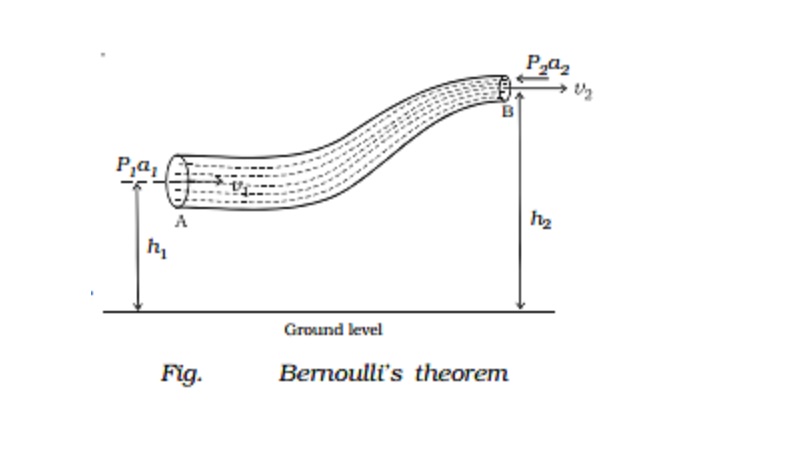
Fluid mechanics is the study of fluids that are either at rest or in motion. Fluid mechanics find applications in the design of pumps, compressors, ducts that are used in air conditioning systems, the aerodynamics of automobiles, and many other devices that are used in flow measurements.
What is fluid?
A fluid is defined as the substance that deforms continuously when it is under the application of shear stress. Fluids have a tendency to flow when they are interacted with while solids a tendency to either bend or deform.
Difference between solid and fluid
| Solid | Fluid |
| The attractive force between the molecules is large enough to keep the molecules in a more compact structure | The attractive force between the molecules is not strong enough to keep the molecules together making the structure less compact |
| When solids are under static condition, they can resist the tangential stress | When fluids are under static condition, they cannot resist the tangential stress |
| Whenever a solid is subjected to shear stress, definite deformation takes place | Whenever fluid is subjected to shear stress, deformation continues until the stress is been applied |
There are certain laws that are used in fluid mechanics such as Pascal’s law, Archimede’s principle, and Bernoulli’s principle. Also, other basic laws of Physics are used like:
- The first and second law of thermodynamics
- The conservation of mass
- Newton’s second law of motion
- The principle of angular momentum
What are the properties of fluid?
Following are the properties of fluid:
- Density: It is defined as the ratio between mass and volume and the SI unit of density is kg.m-3. For any fluid, density decreases with an increase in the temperature.
- Viscosity: This is the term which is used for determining the amount of resistance offered by the fluid to the shear stress or the resistance offered by one layer over another adjacent layer. As the temperature increases, the viscosity of liquid decreases. As the temperature increases, the viscosity of the gas increases.
- Temperature: This is used for determining either the hotness or coldness of the fluid. There are three different scales that are used for measuring the temperature and they are Celsius scale, Fahrenheit scale, and Kelvin scale.
- Specific gravity: It is defined as the ratio of the specific weight of the given fluid to a specific weight of the standard fluid. Specific gravity is a unitless quantity.
- Specific weight: This is defined as the ratio of weight to volume of the fluid. N.m-3 is the unit used for a specific weight.
Laws involved in fluid mechanics:
As mentioned earlier, there are few laws that are frequently used in fluid mechanics and these laws are explained further in this article.
Pascal’s law
The law states that the external static pressure applied to a confined liquid gets distributed uniformly throughout the liquid in all the directions. The mathematical representation of Pascal’s law is:
F = PA
Where,
- F is the force applied
- P is the pressure transmitted
- A is the cross-sectional area
Archimedes principle
According to Archimedes principle, the upward buoyant force which is exerted on an immersed body in a fluid is equal to the weight of the fluid displaced by the body and acts in the upward direction.
Fb = ρ x g xV
Where,
- Fb is the buoyant force
- ρ is the density of the fluid
- V is the submerged volume
- g is the acceleration due to gravity
Bernoulli’s theorem
According to Bernoulli’s theorem, the total mechanical energy of the moving fluid consists of gravitational potential energy due to elevation, energy-related to fluid pressure, and the kinetic energy of the fluid in motion, all remains constant. The mathematical representation of Bernoulli’s theorem is:
p + ½ ρv2 + ρgh = constant
Where,
- p is the pressure exerted by the fluid
- v is the velocity of the fluid
- h is the height of the container
- ρ is the density of the fluid
To learn more about fluids behaviour when physical properties such as temperature, pressure, etc, stay tuned with BYJU’S.








